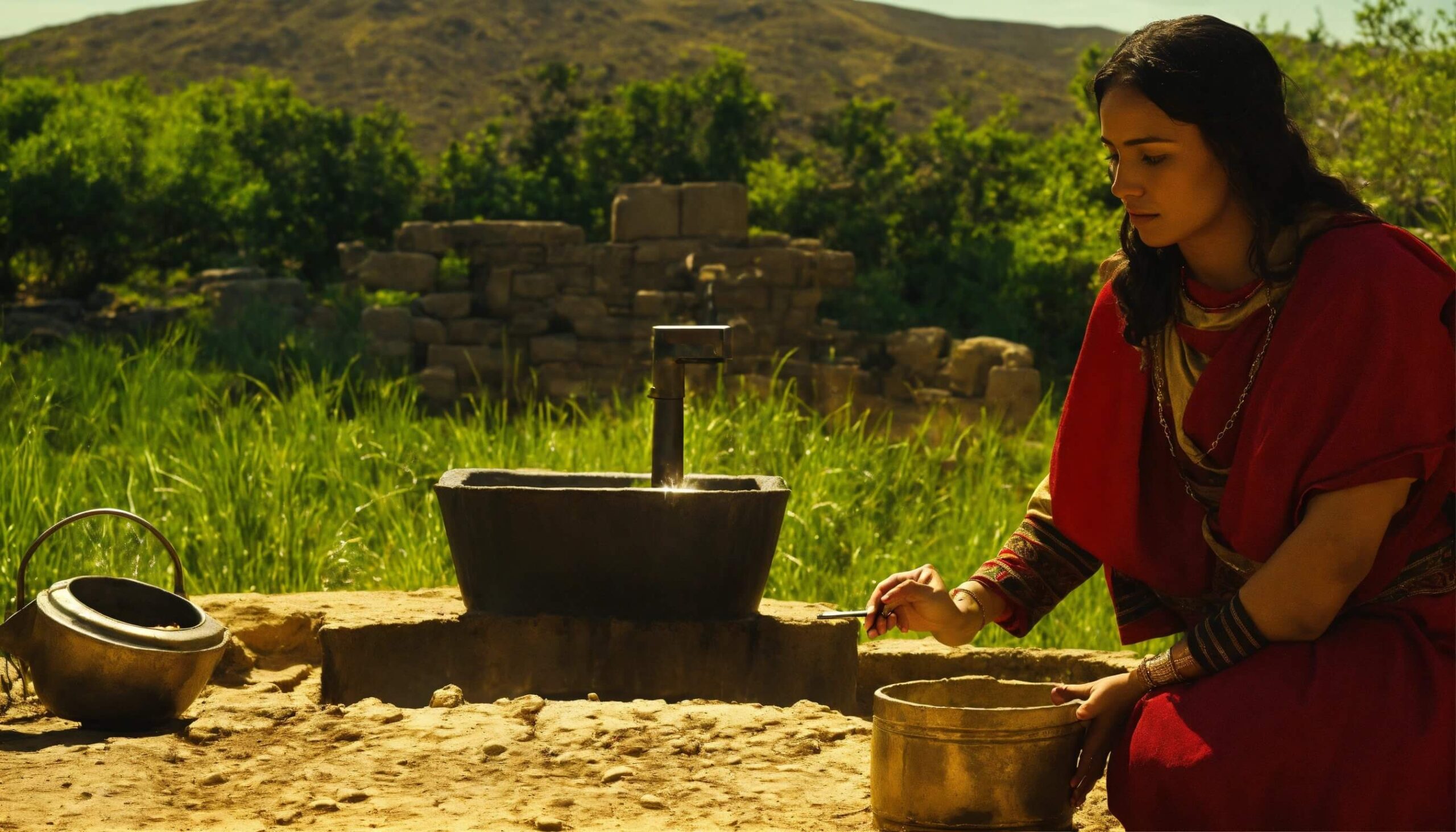The History Of Samaria
In the annals of ancient history, the name Samaria springs to life, not as a mere geographical location, but as a testament to the intricate tapestry of human existence. Samaria’s origins stretch back to a mountain’s purchase and a name that intertwined with destiny itself. It was here that King Omri of Northern Israel, between 876 and 869 BC, made an acquisition. For two talents of silver, he secured this mountain, which bore the name of its owner, Shemel.
In the shadows of this mountain, King Omri erected a fortress and christened it Samaria, paying homage to its original owner. The name Samaria derives from the Hebrew “shomron,” a profound representation signifying belonging to Shemel. It was the genesis of a city, destined to flourish as the capital of Northern Israel, succeeding Tirzah.

Upheaval in Samaria
Samaria, a natural citadel, soared to 430 meters above sea level, standing sentinel over the surrounding plains. This soaring elevation not only lent itself to the name but also mirrored the providential protection that its people believed they enjoyed under the watchful eye of the Lord.
However, history took a tumultuous turn. In 721 B.C., the Assyrian king Sargon II‘s invasion ravaged Samaria, leading to the deportation of 27,290 of its inhabitants to Assyria. In the aftermath, a policy of intermarriage and the resettlement of mainland Assyrians within Samaria aimed to dilute the fervor of Israel’s national identity.
Divisions and Antipathy Between Samaria and Israel
As the sands of time flowed, and Israel rekindled, the Samaritans, eager to reunite, were met with rejection. The rationale was rooted in allegations of impurity of Jewish lineage, a decision akin to disqualification by a historical truth commission.
This historical injustice marked the Samaritans’ destiny, a people forced to amalgamate their heritage with that of the Gentiles during a turbulent era. This period of mixing precipitated their isolation and prompted the development of their unique temple, scriptures, and independent denomination. The Jews, in turn, severed relations and trade with the Samaritans, ushering in generations of inherited biases.

The Samaritan Woman Who Met Jesus
The same rift existed during the time of Jesus. On his journey with disciples through Samaria, he came to a well, thirsty but without the means to draw water. In the midst of this parched solitude, a Samaritan woman approached, alone and isolated. She was an outcast among her own people, marginalized by the Jews.
A simple request for water led to a profound spiritual revelation. Jesus, in explaining the metaphorical significance of water, set in motion a dialogue that revealed the woman’s deep spiritual thirst. What was initially a request for physical sustenance became a plea for eternal spiritual nourishment.
Then, the narrative took an unexpected twist as Jesus asked her to summon her husband. In this abrupt inquiry lay the essence of truth, unearthing the complexity of her life and laying it bare. In her response, she conveyed the ambiguity of her marital status, a paradox of truth and falsehood. Her current partner was not a legal husband, leading to her declaration of being without one.
Jesus Refuses to Judge a Samaritan Woman’s Past
In this pivotal moment, Jesus demonstrated a profound depth of understanding and wisdom, acknowledging her truth with the words, “You are right.” He didn’t condemn her, as moral teachers of the time might have. He didn’t demand repentance, as modern believers often do when confronted with complex pasts.
In examining the Samaritan woman’s story, we must cast aside facile judgments, to fathom the depth and nuances of her existence. Her narrative isn’t one of lust, as often assumed, but one of survival, resilience, and profound emotional complexity. This story is emblematic of the enduring human spirit in the face of adversity.

What the Story of the Samaritan Woman Has To Say To the Modern Church
A world embroiled in hasty judgments and deep-rooted preconceptions can learn from the narrative of the Samaritan woman. It is an invitation to understand beyond the surface and to unravel the intricate histories that dwell beneath. It reminds us that every individual is a repository of concealed stories, awaiting our empathetic exploration.
The woman at the well is a testament to the power of understanding and embracing the complexities of those around us. In the world’s burstiness and perplexity, where our rush to judge often obscures the truth, her story calls us to look deeper, see beyond, and connect on a more profound level.





